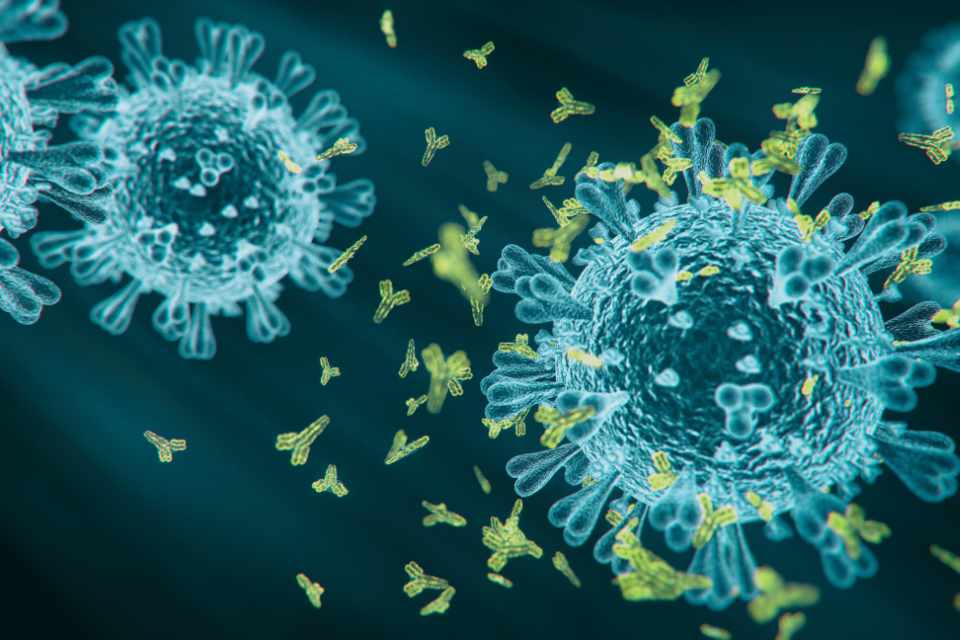In my article Could indoor toxins be making you ill?, I discuss how the constant exposure to household and workplace toxins can mean these chemicals accumulate in the body. And, how this build up of toxic chemicals may be one factor underlying the rapid increase we are seeing in chronic diseases, such as heart disease, dementia and autoimmune diseases.
Unfortunately it is impossible to completely avoid environmental toxins such as pesticides. Yet studies show that these toxic chemicals are affecting long term health. For instance, in 2014 this study reported that an increased exposure to pesticides was linked with an greater risk of developing Alzheimer’s disease.
Before the 1970s halogenated organic compounds such as DDT, DDE (a metabolite of DDT) and PCBs and other persistent pollutants, were widely used in developed countries. DDT was used as an insecticide, whilst PCBs were used in transformers and electrical equipment.
However, even though the pesticide DDT was banned over thirty years ago in the UK and other countries, it still persists in the environment and the food chain. With possible consequences for generations to come. As demonstrated by another recently published Finnish study, that reveals that increased exposure to pesticides, namely DDT, in the mother, increases the risk of autism in her child.
Persistent organic pollutants can be transferred across the placenta, resulting in cord blood concentrations of 30-50% those of the mother. Thus, there is an ongoing risk of exposure to these toxic chemicals in nearly all children due to the existing toxin burden in the mother. In fact, studies show that increased maternal pesticide levels are associated with an increased risk of preterm birth, and reduced markers of development and cognitive function in the child.
In the Finnish study, researchers describe a significantly increased risk (32%) of autism, when maternal levels of DDE were in the top 75th percentile. Whilst in this study, they did not find any increase in risk of autism in children of those mother’s with high exposure to PCBs. Though they do mention other work which contradicts this.
The researchers suggest that reasons for the difference in the findings between DDE and PCB could be explained by the different levels of exposure to the chemicals which varied considerably between populations at different locations, as well as intake of nutrients such as folic acid during pregnancy which potentially may protect against developmental diseases.
As I said, these pollutants can linger in the environment, possibly for decades. But, there are ways you can minimise your exposure. For example, because halogenated organic compounds tend to accumulate in fat, avoiding pesticides in foods and avoiding fatty foods in general may help.
Here’s how:
- where possible eat local, seasonal and organic fruits and vegetables
- wash produce with additive free mild soap and water
- choose low fat and/or organic versions of fish and meat
- let the fat drip off foods whilst cooking
If you liked this article you might also like:
The GAPS diet – for autism and more








0 Comments